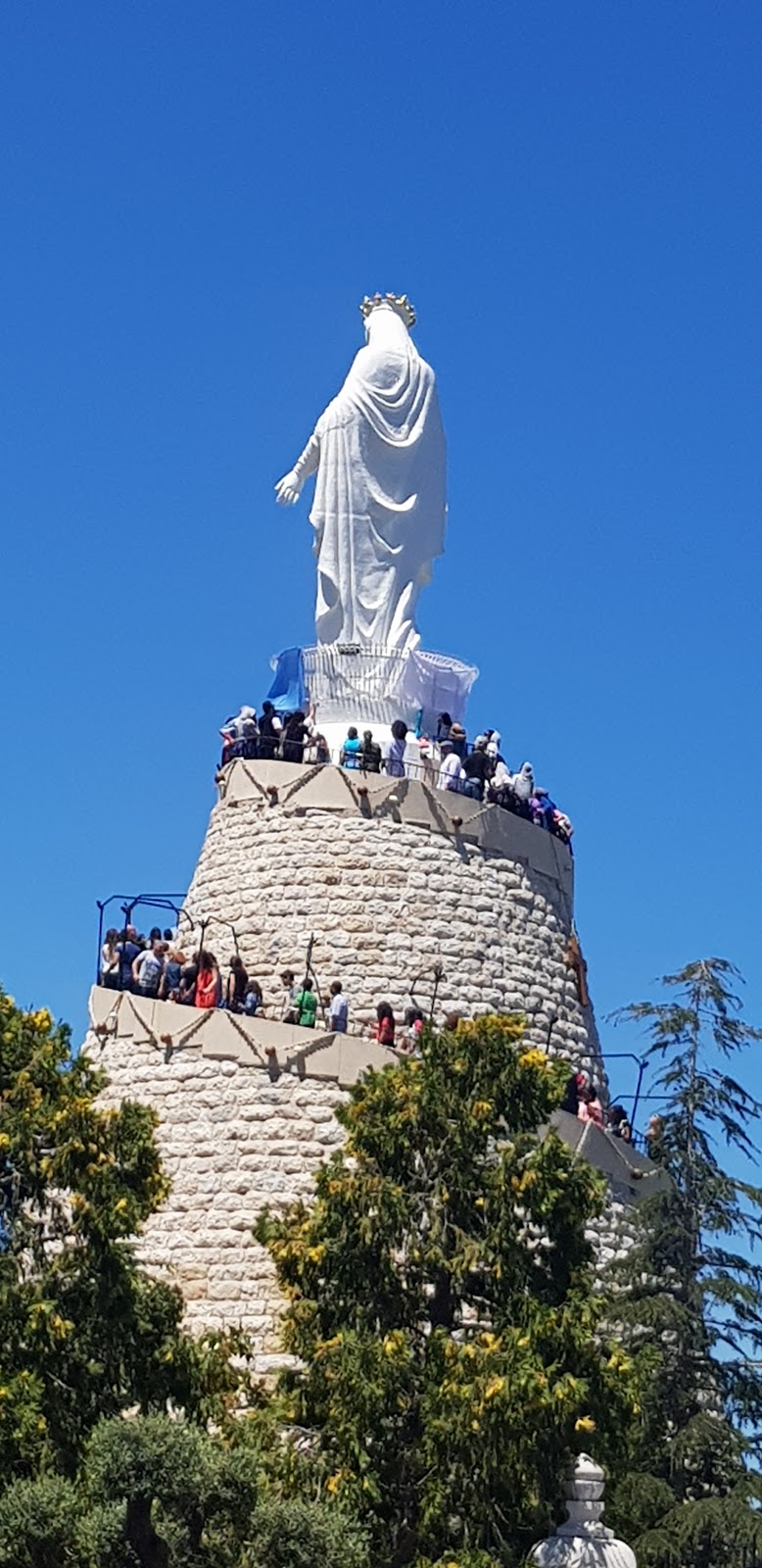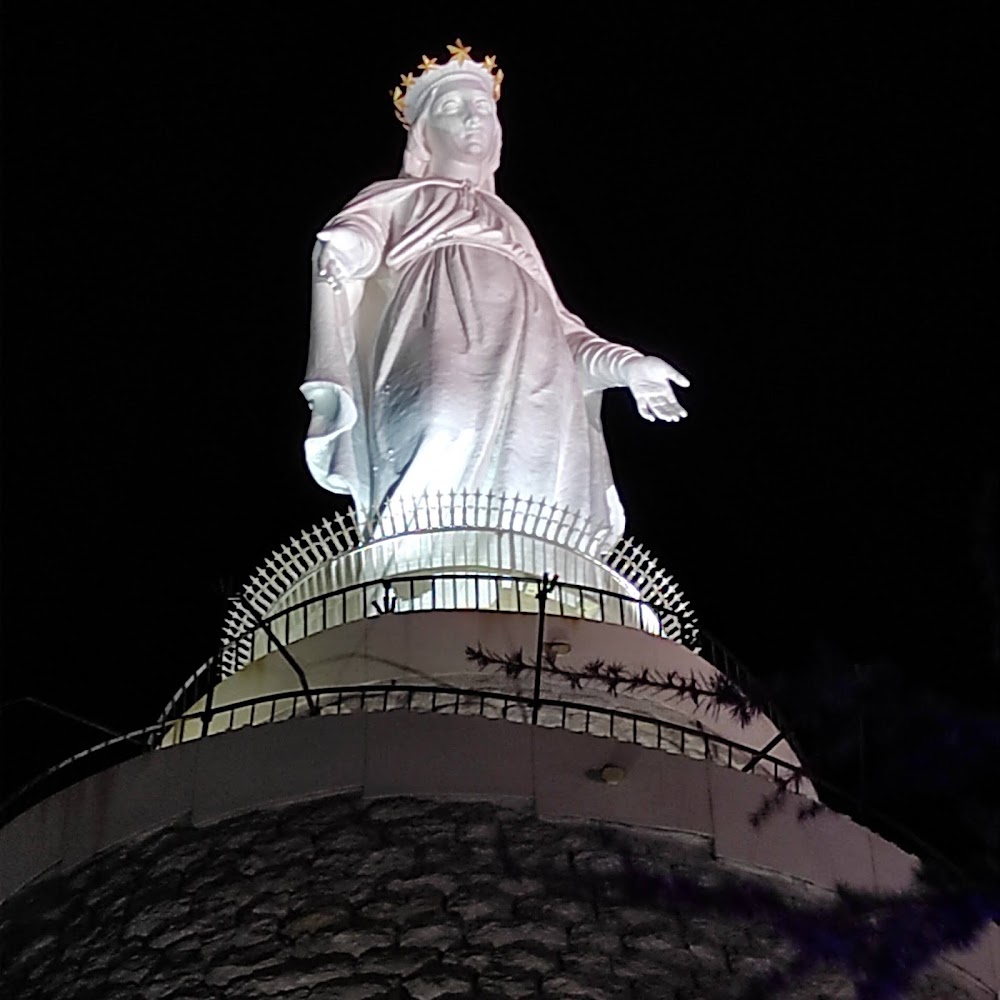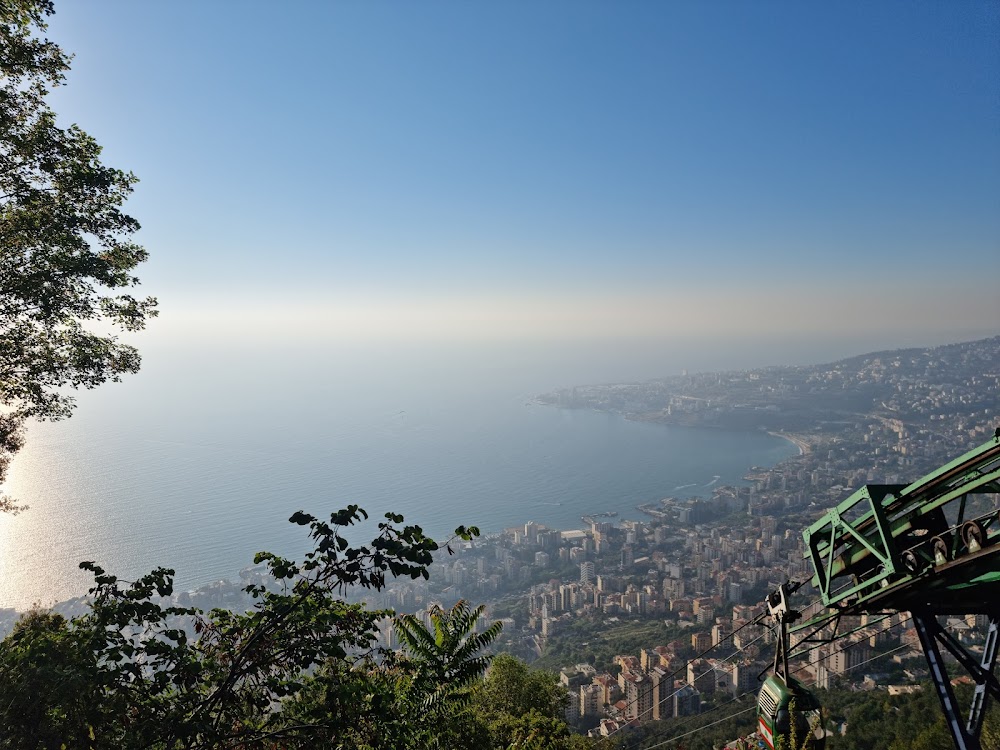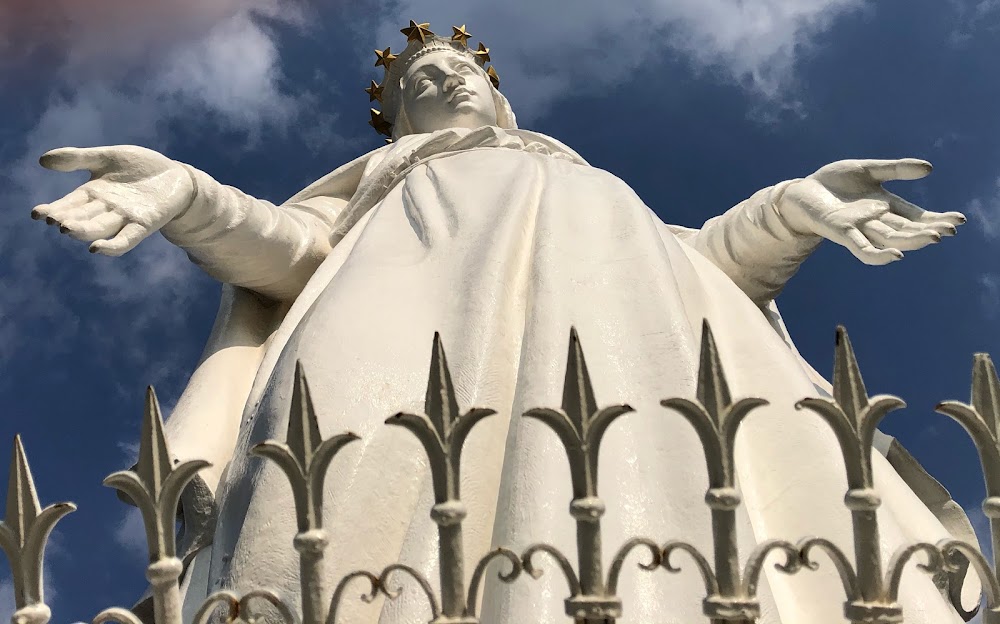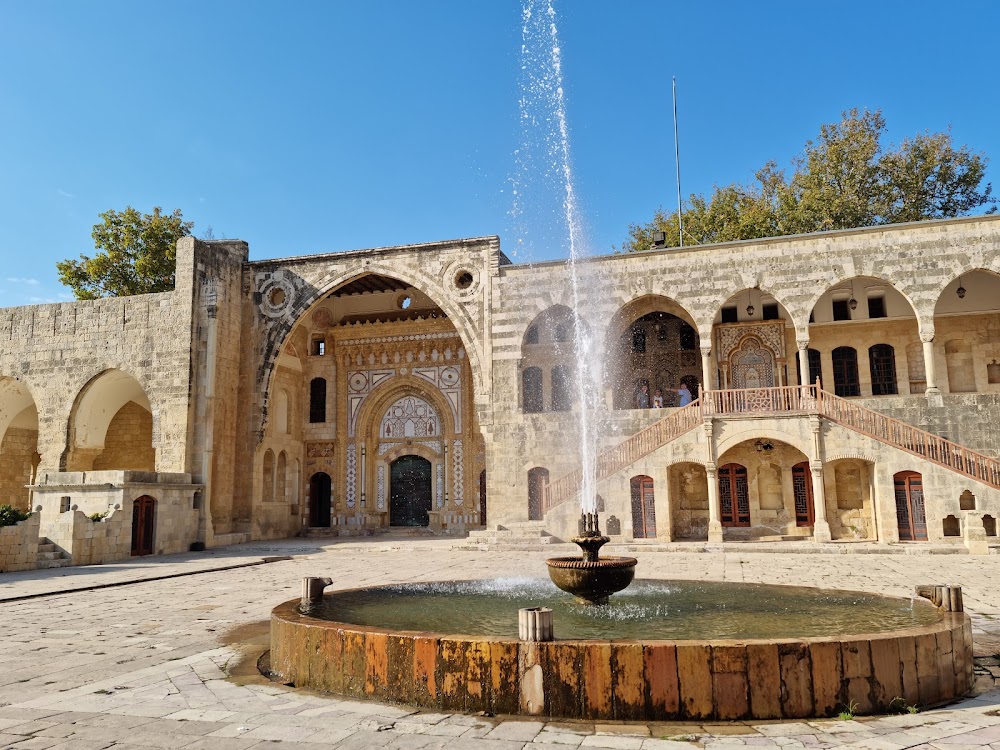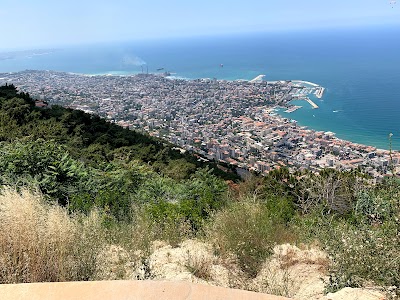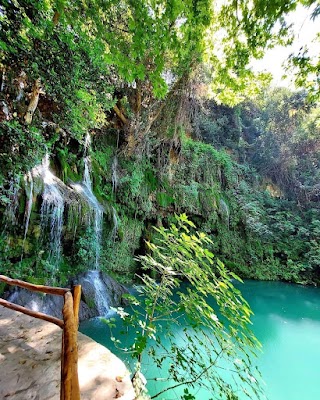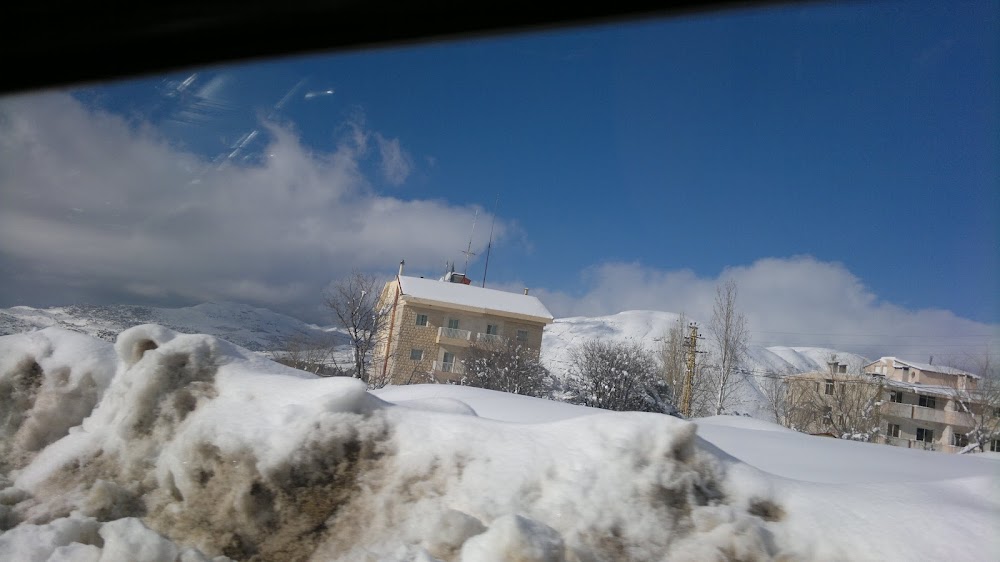Our Lady of Lebanon (سيدة لبنان)
Related Places
Overview
Our Lady of Lebanon, also known as Harissa, is a stunning basilica that majestically overlooks the mountains of Mount Lebanon. This iconic landmark symbolizes faith, unity, and peace, resonating deeply with both Christians and Muslims in the region. The story of this remarkable site began in the early 20th century and continues to inspire visitors today.
A Tribute to the Virgin Mary
Constructed as a tribute to the Virgin Mary, many Lebanese believe she watches over and protects their homeland. In 1904, under the guidance of Maronite Patriarch Elias Peter Hoayek, a significant initiative was launched to create a Marian shrine. This endeavor celebrated the 50th anniversary of the Dogma of the Immaculate Conception, which affirms that Mary, the mother of Jesus, was conceived without original sin.
The project garnered immense support from both the church and the public. Land was acquired atop a hill in Harissa, providing breathtaking vistas of the Mediterranean Sea and the surrounding landscape. Architect Georges Breidi was commissioned to design the statue of Our Lady of Lebanon, which would become the centerpiece of the basilica.
Construction and Inauguration
Construction commenced and took approximately four years to complete. The foundations were laid with meticulous care, and a grand spiraling staircase was built, allowing pilgrims to ascend to the statue's base. The statue itself is an awe-inspiring sight, crafted from bronze with a white painted finish, standing at a towering height of 8.5 meters (28 feet) and weighing over 15 tons. With arms outstretched in a welcoming gesture, Mary symbolizes her embrace of all people.
The official inauguration of the shrine took place on May 3, 1908, with a grand ceremony attended by religious leaders, dignitaries, and thousands of faithful from Lebanon and beyond. The location quickly transformed into a pivotal pilgrimage site, attracting visitors from diverse religious backgrounds who came to seek blessings and offer prayers.
Expansions and Modernization
In 1954, a small chapel was added at the statue's base to accommodate the growing number of visitors. However, by the 1970s, it became evident that a larger church was necessary. Plans for the current basilica were initiated under the guidance of Cardinal Paul Meouchi, and this modern place of worship was completed in 1997, situated near the statue.
The contemporary basilica is an architectural marvel, featuring a large concrete dome that mimics the curve of the hillside. Its spacious interior can accommodate up to 3,500 people and embraces simplicity, with minimal decoration to encourage spiritual reflection.
Cable Car Experience
Another significant addition to the site is the Téléférique, a cable car system inaugurated in 1965. This scenic ride connects the coastal city of Jounieh to the basilica, providing visitors with a convenient and picturesque journey to Harissa. The cable car experience has become an integral part of the pilgrimage for many.
Over the years, Our Lady of Lebanon has welcomed numerous Popes, including Pope John Paul II in 1997 and Pope Benedict XVI in 2012, underscoring its importance as a spiritual destination.
A Beacon of Hope
Today, Our Lady of Lebanon stands as a beacon of hope and a testament to Lebanese devotion. The statue and basilica draw millions of visitors annually, not only for their spiritual significance but also for the breathtaking views and serene ambiance they offer. This iconic landmark serves as a reminder of the religious harmony that Lebanon strives to uphold amidst its rich diversity.


